Europe is a well trodden tourist path for many adventurers, including a large number of Australians like us! However, for those that haven’t headed to one of the most popular tourist regions before, or have been away for awhile, read on. This post covers a few of the things you might not expect when visiting Europe.
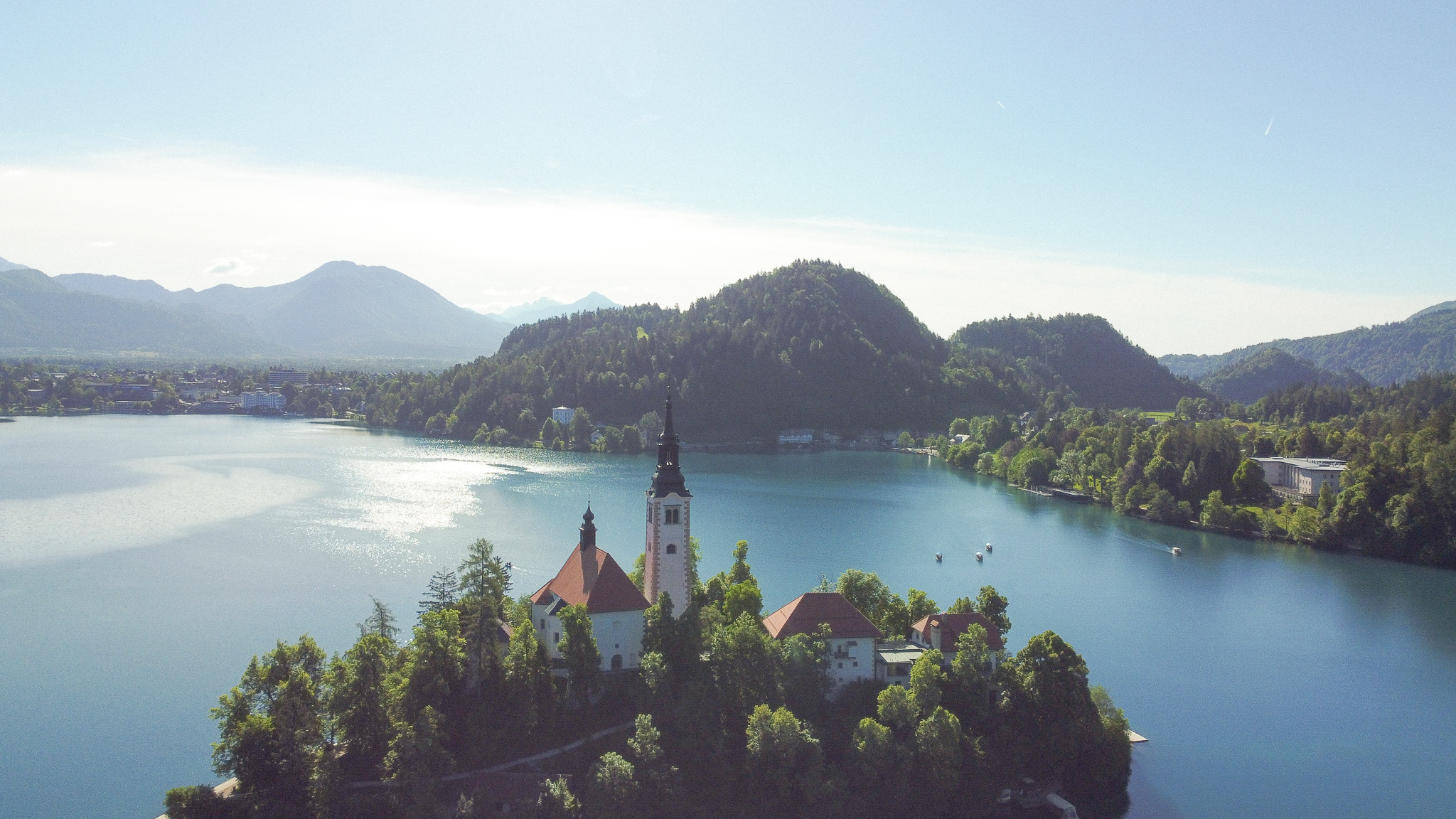
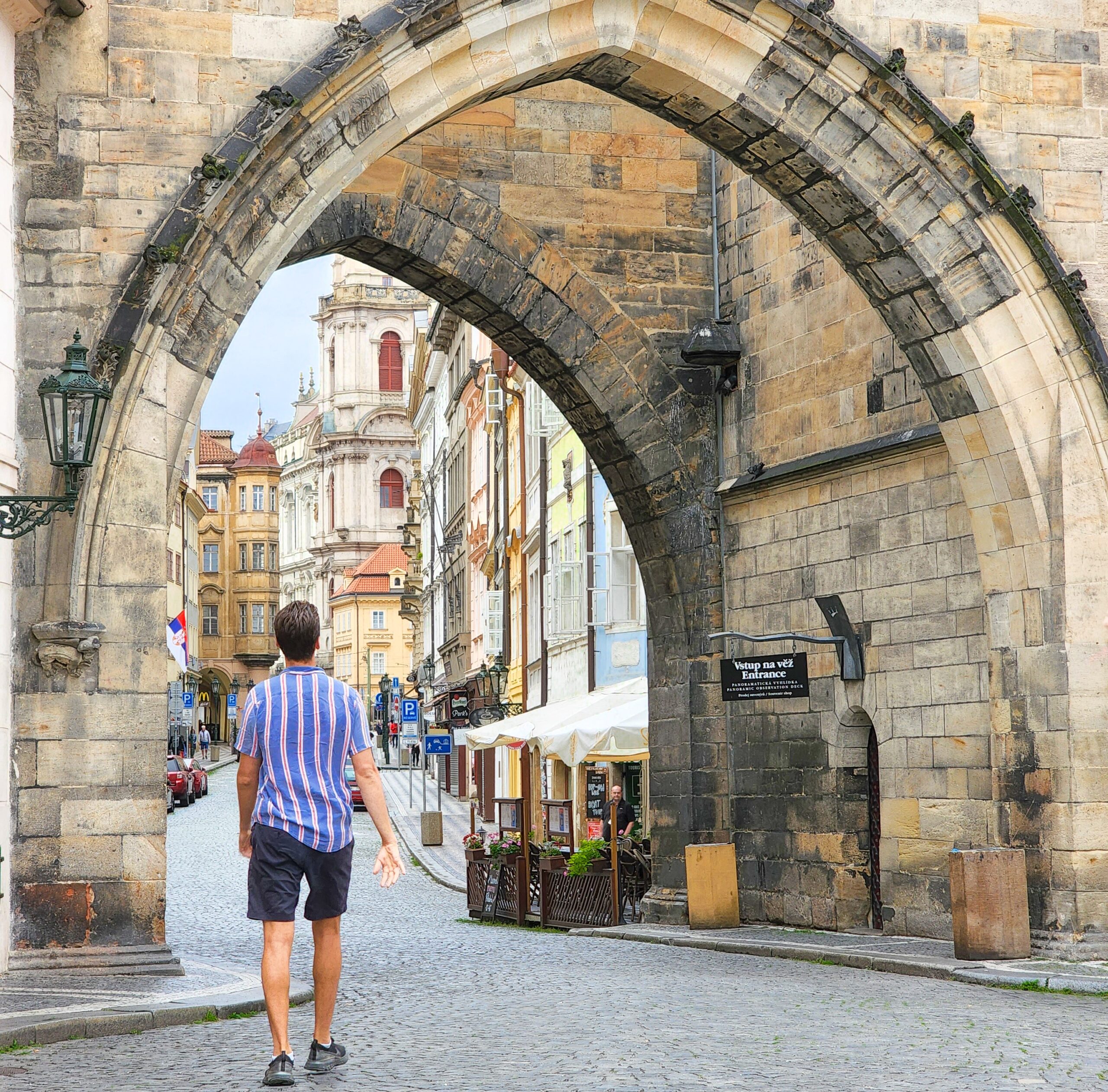
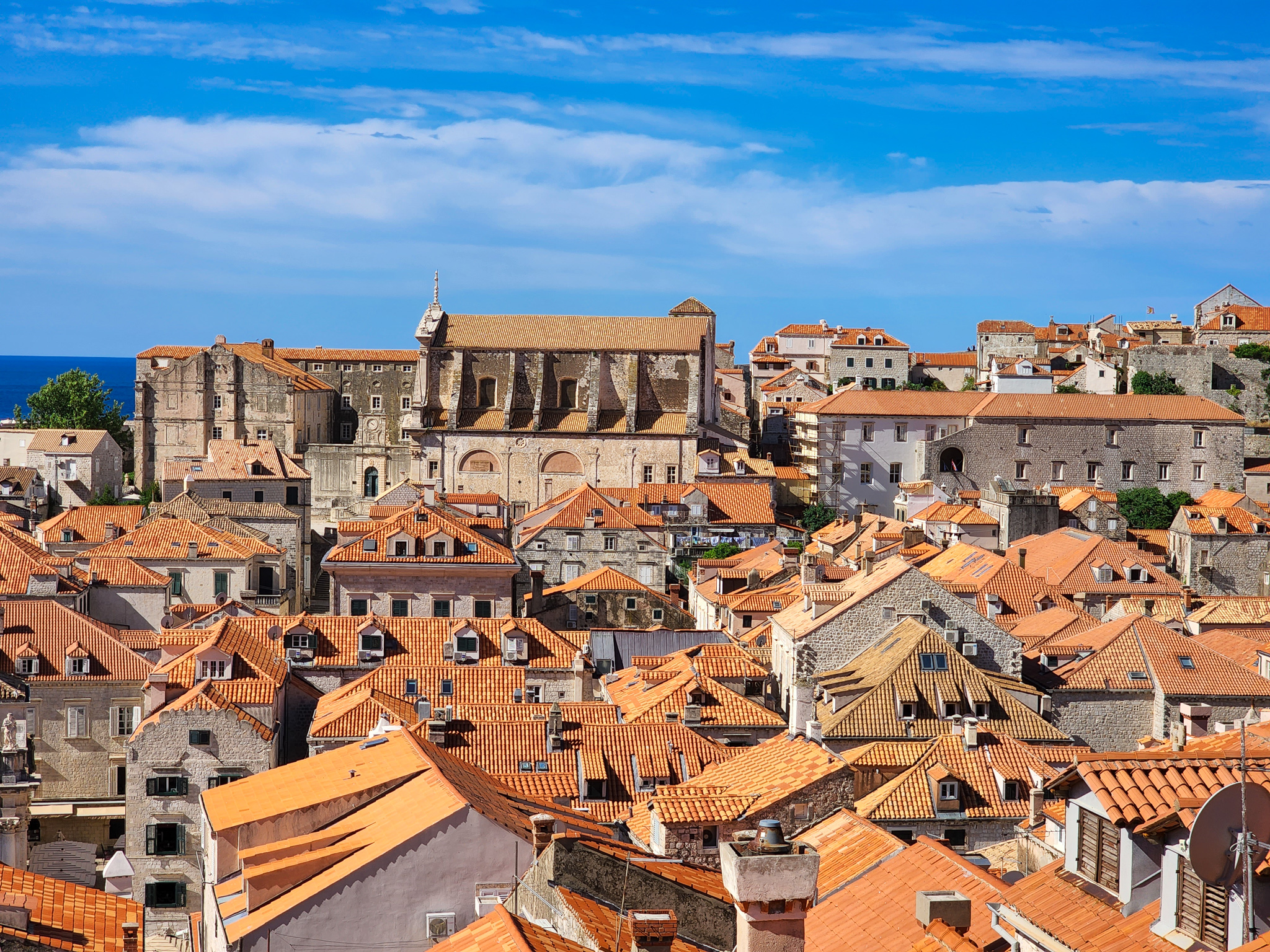
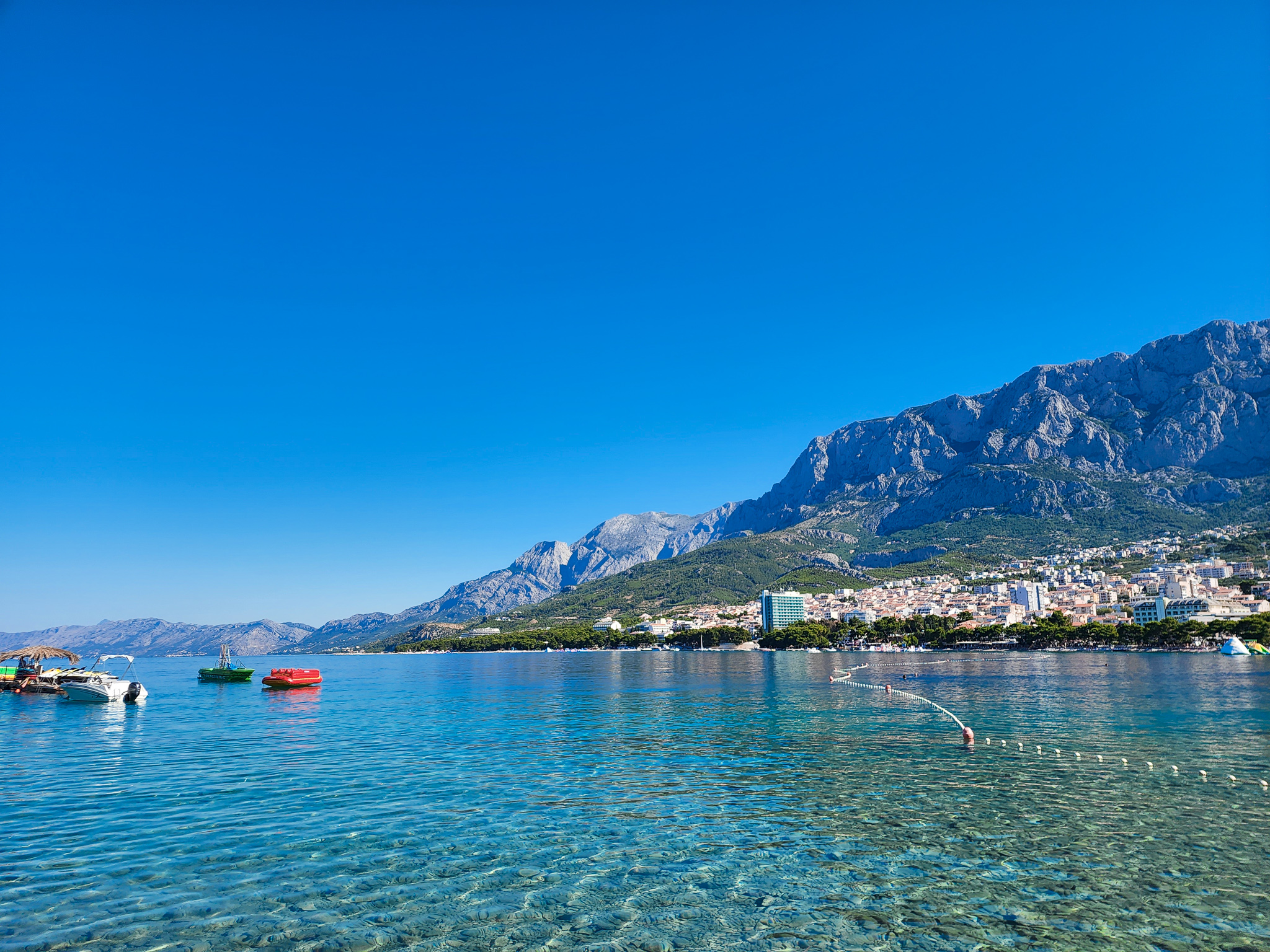
Things you might not expect when travelling to Europe
Cars drive on different sides of the road depending on the country
For those that have driven in Europe, this may be common knowledge. In most countries in Europe, cars drive on the right hand side. However, some countries, particularly England, drive on the left. If you are unsure, make sure you check before driving!
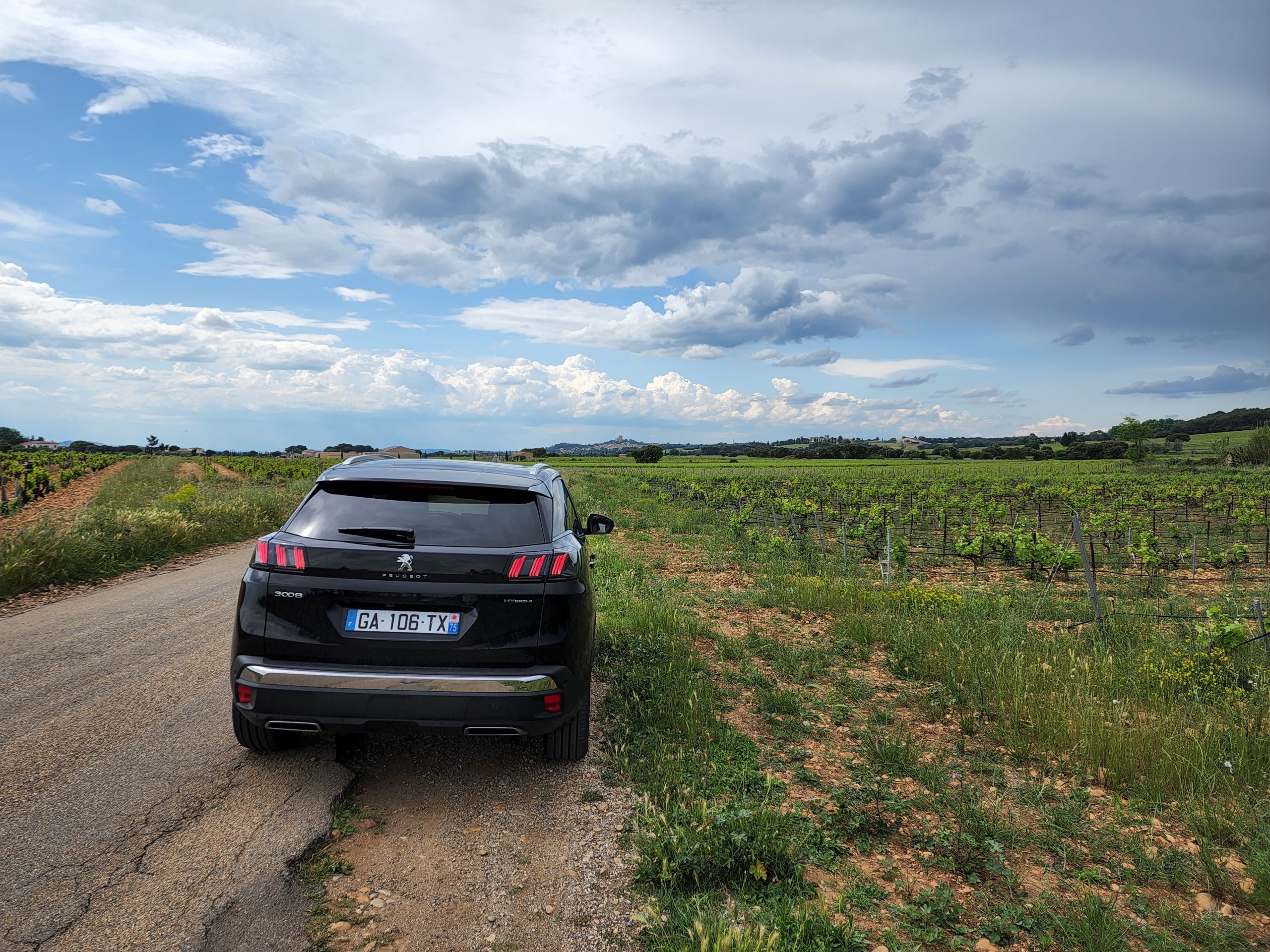
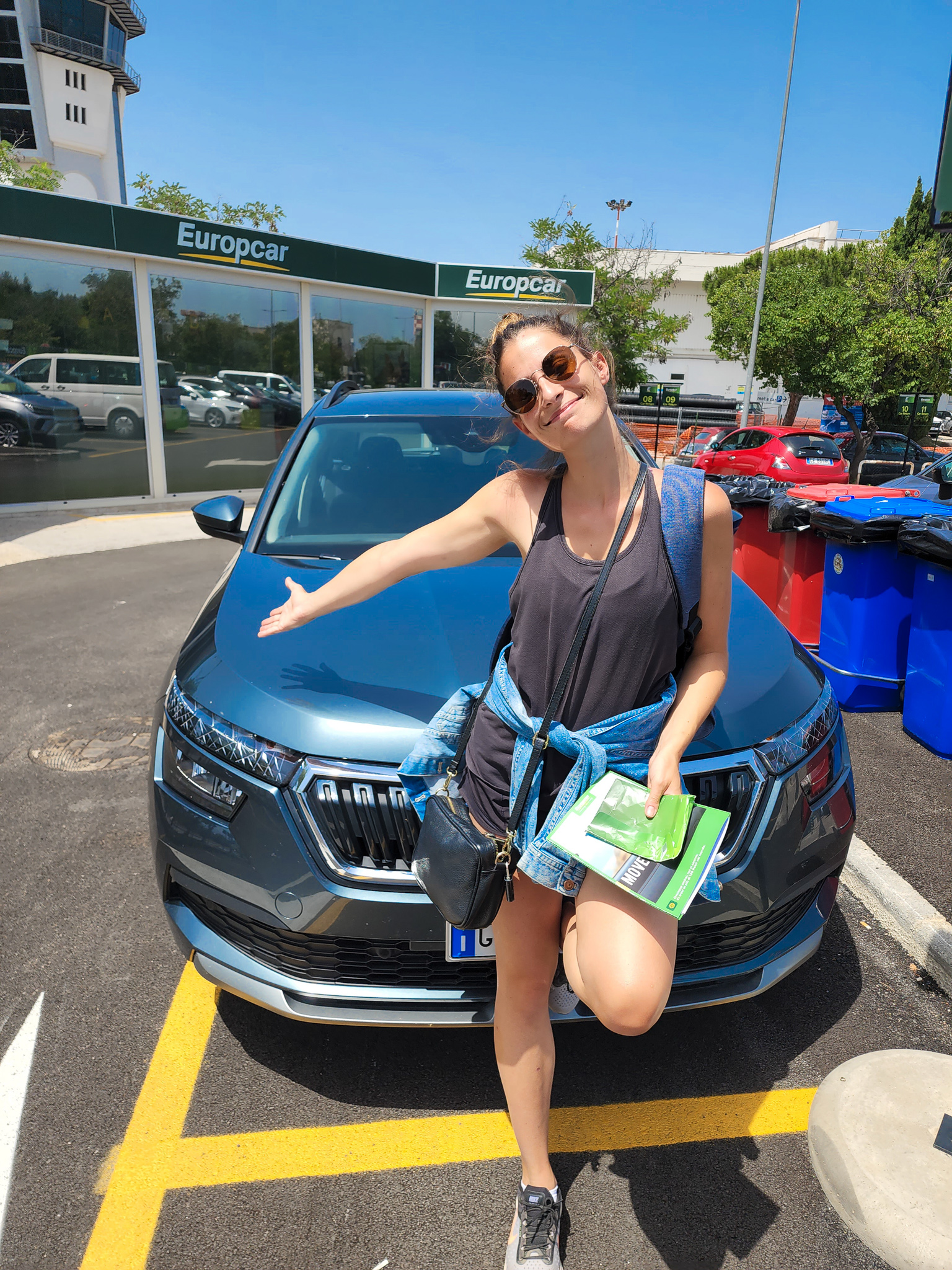
Sundays are often slow days
This was something that surprised us during our travels. We particularly noticed that Sundays were slower and quieter days outside of key tourist towns, in religious towns areas, and during shoulder seasons. A particular example of this was during our visit to the South of France, where a popular wine region town, Châteauneuf-du-Pape, was almost a ghost town on a Sunday afternoon. Additionally, we found in Tuscany that a local town was entirely closed with only one cafe open on a Sunday. If you are visiting religous countries on Sundays, prepare to have no supermarkets open, and possibly none or less shops open. We combated this by using Sundays as a travel day.
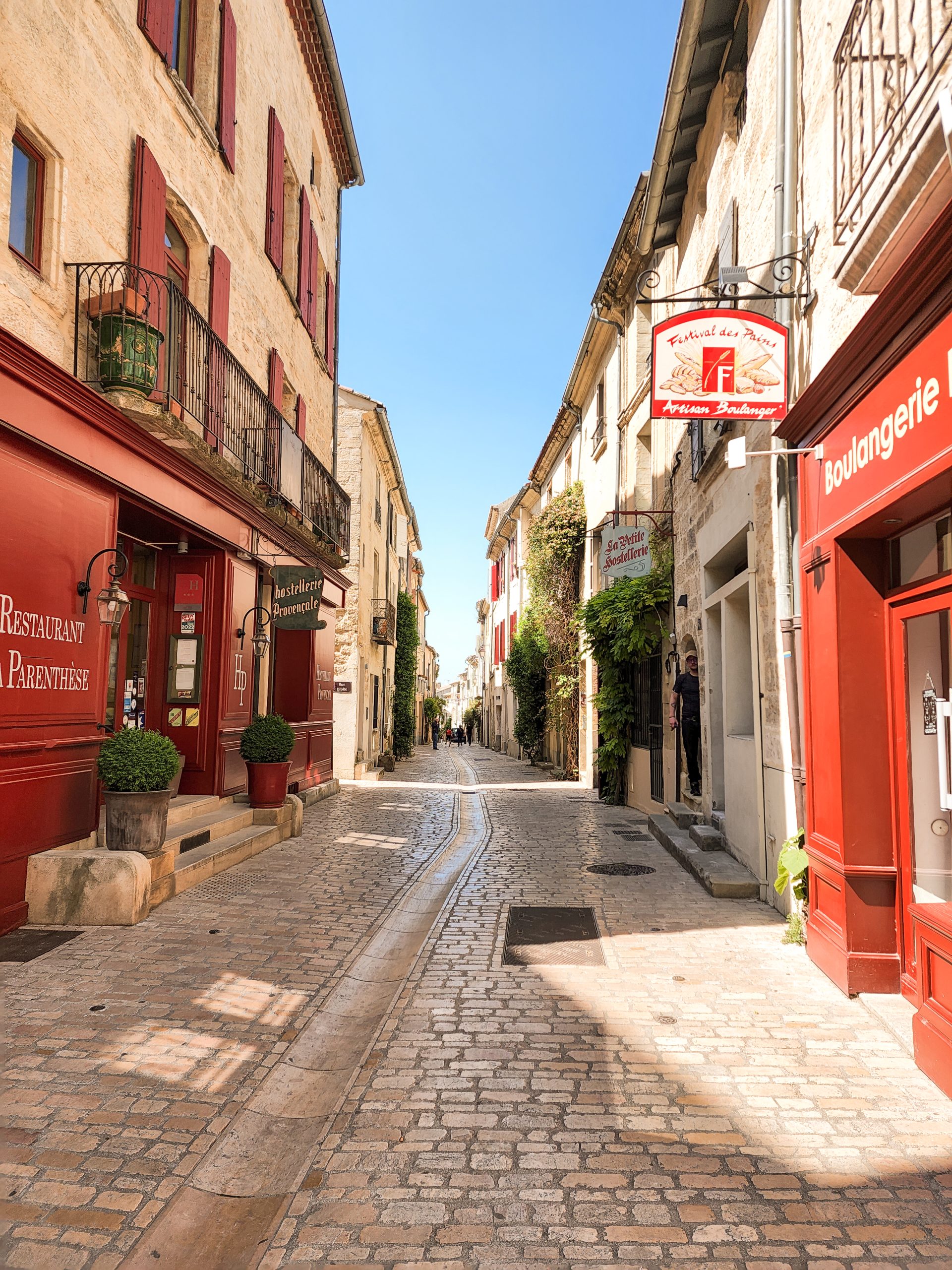
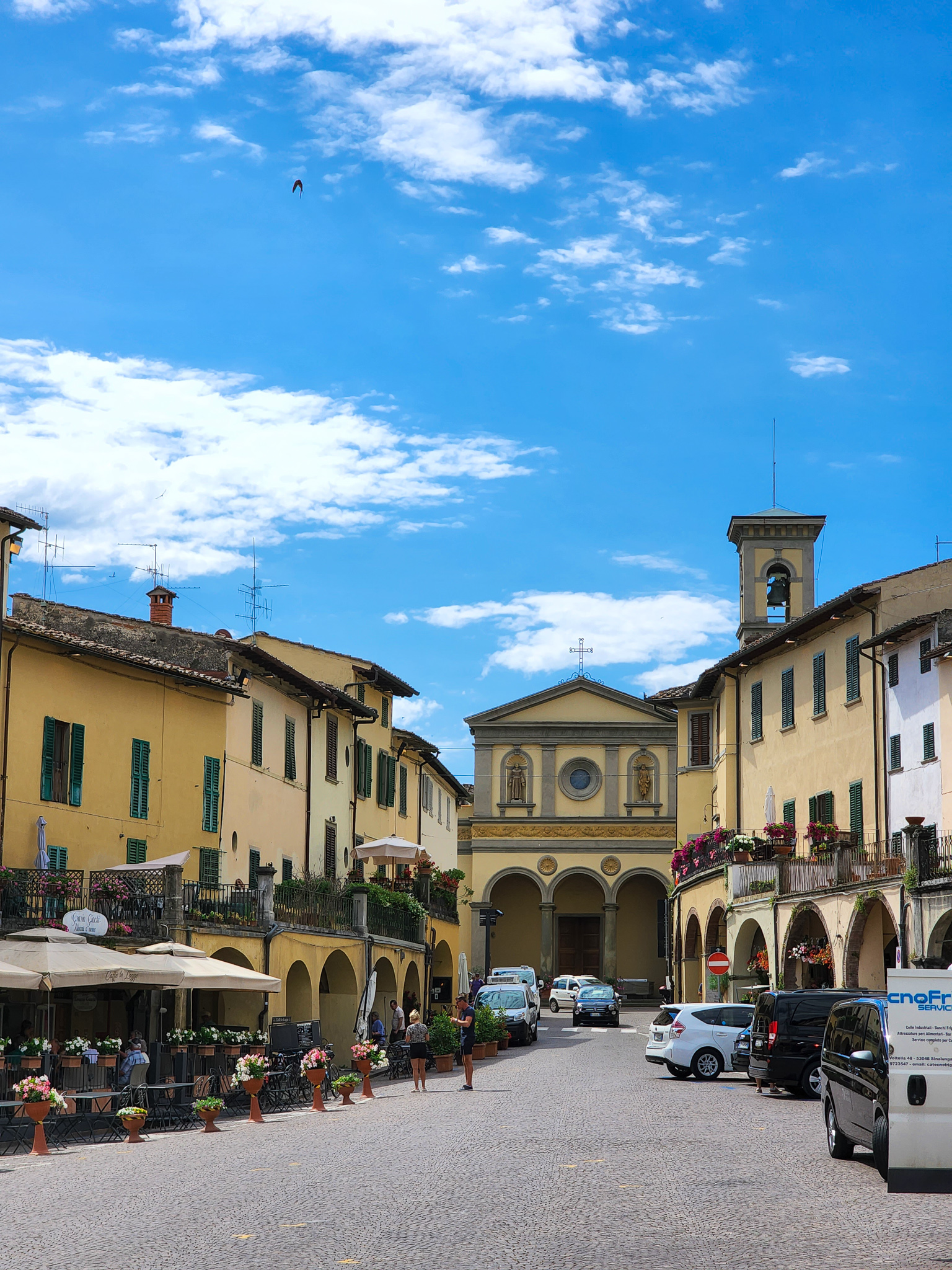
Popular destinations are often not as picturesque as photos
Don’t misinterpret this point too much, Europe is stunning! However, many of the “Instagram shots” of the key tourist destinations are often not as picturesque as the photos. A few good examples of this would be the Trevi Fountain in Rome, where there is almost never has no one around like it’s made to seem in the photos. Additionally, locations like Santorini are ridiculously crowd heavy, and photos appearing calm and serene are often taken before sunrise or in angles cutting out the crowds. Just be prepared.
Travel between neighbouring countries isn’t as easy as it should be
Travel between neighbouring countries, e.g. Slovenia and Italy, or Montenegro and Albania, isn’t as easy as it should be. Most countries don’t have high speed trains between them, and busses or shuttles (e.g. Go-Opti) are your best bet. Whilst still possible, these options significantly slow the speed of travel, and a planned ‘short trip’ can take a whole day. Additionally, it is important to note that countries in Eastern Europe don’t often fly to each other regularly. A good example of this would be when we tried to fly from North Macedonia to Croatia, but didn’t have many available flights. Keep this in mind when planning your travels and check how easy it is to get between your desired destinations!
Eastern europe is hard to get around
This follows on from the point above. While countries like Italy, Spain, France and others in central and western Europe have excellent trains connecting major (and minor) cities, Eastern Europe is a different ball game. We found many of the countries had no major train lines. Furthermore, many smaller countries don’t have flights to the nearby country e.g. Split to North Macedonia. Don’t let this stop you visiting, as some of the Eastern European destinations were our favourite (e.g. Lake Ohrid, Croatia, Transylvania). However, be prepared to catch busses, or pay for extra flights than planned.
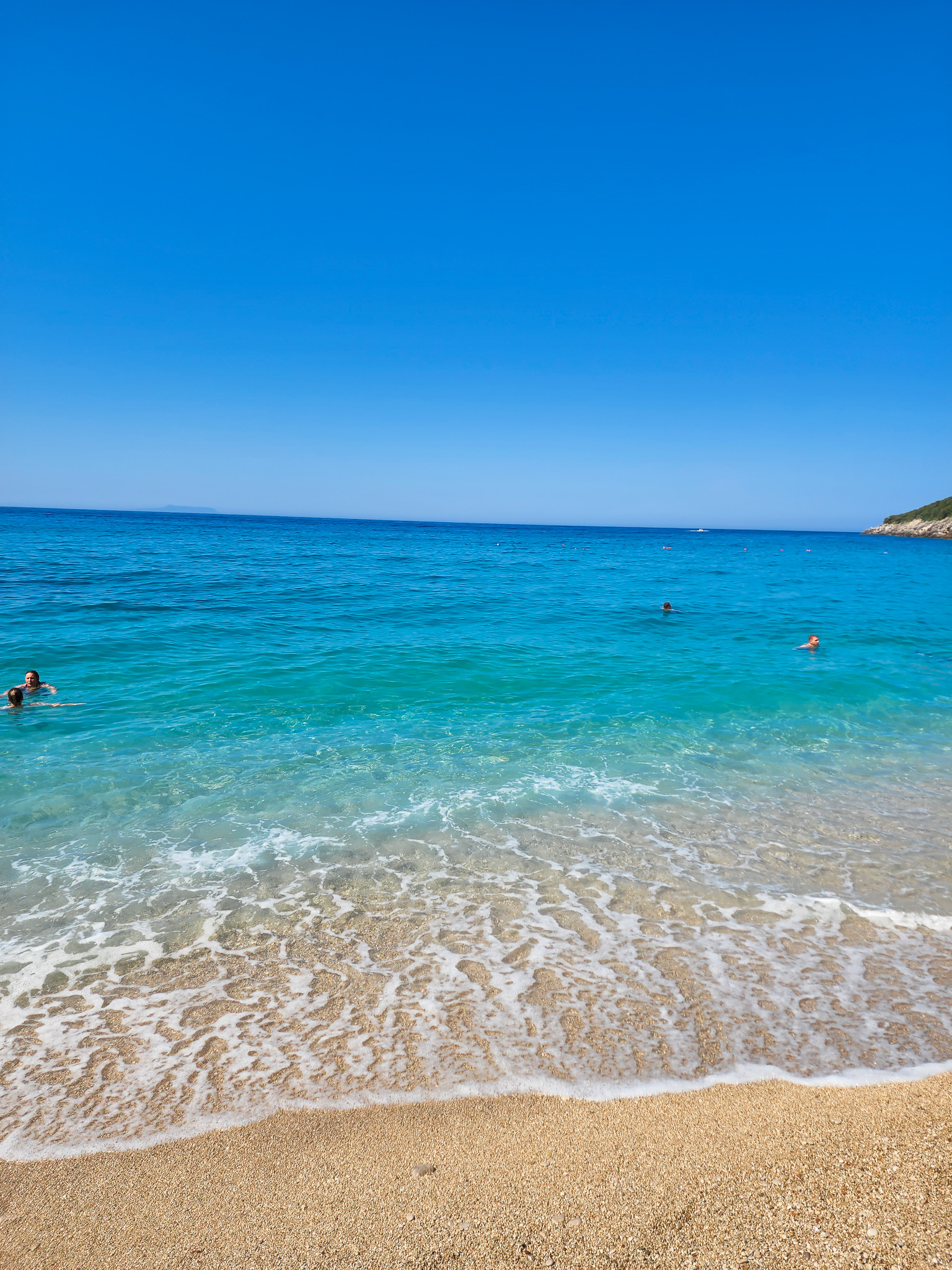
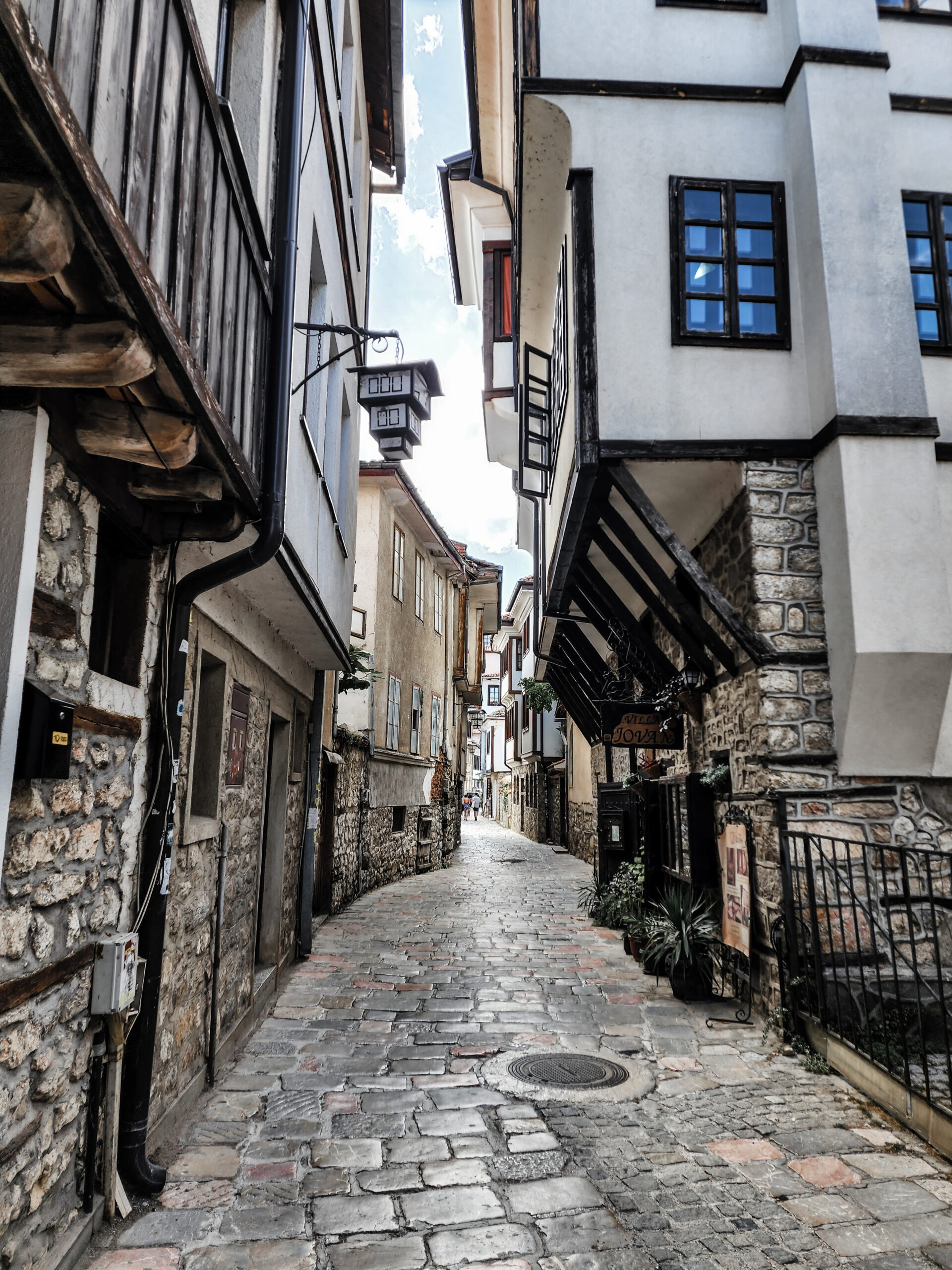
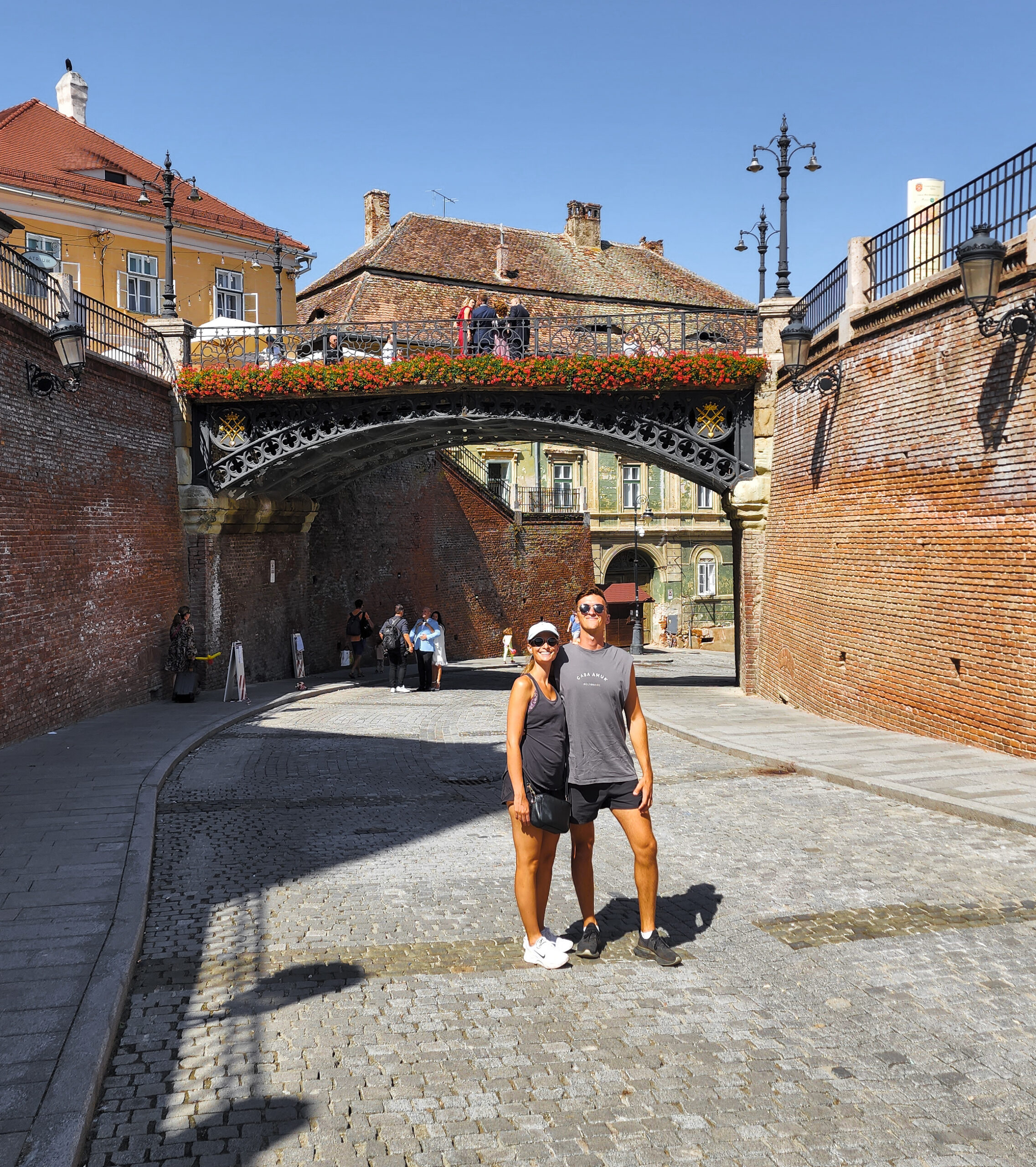
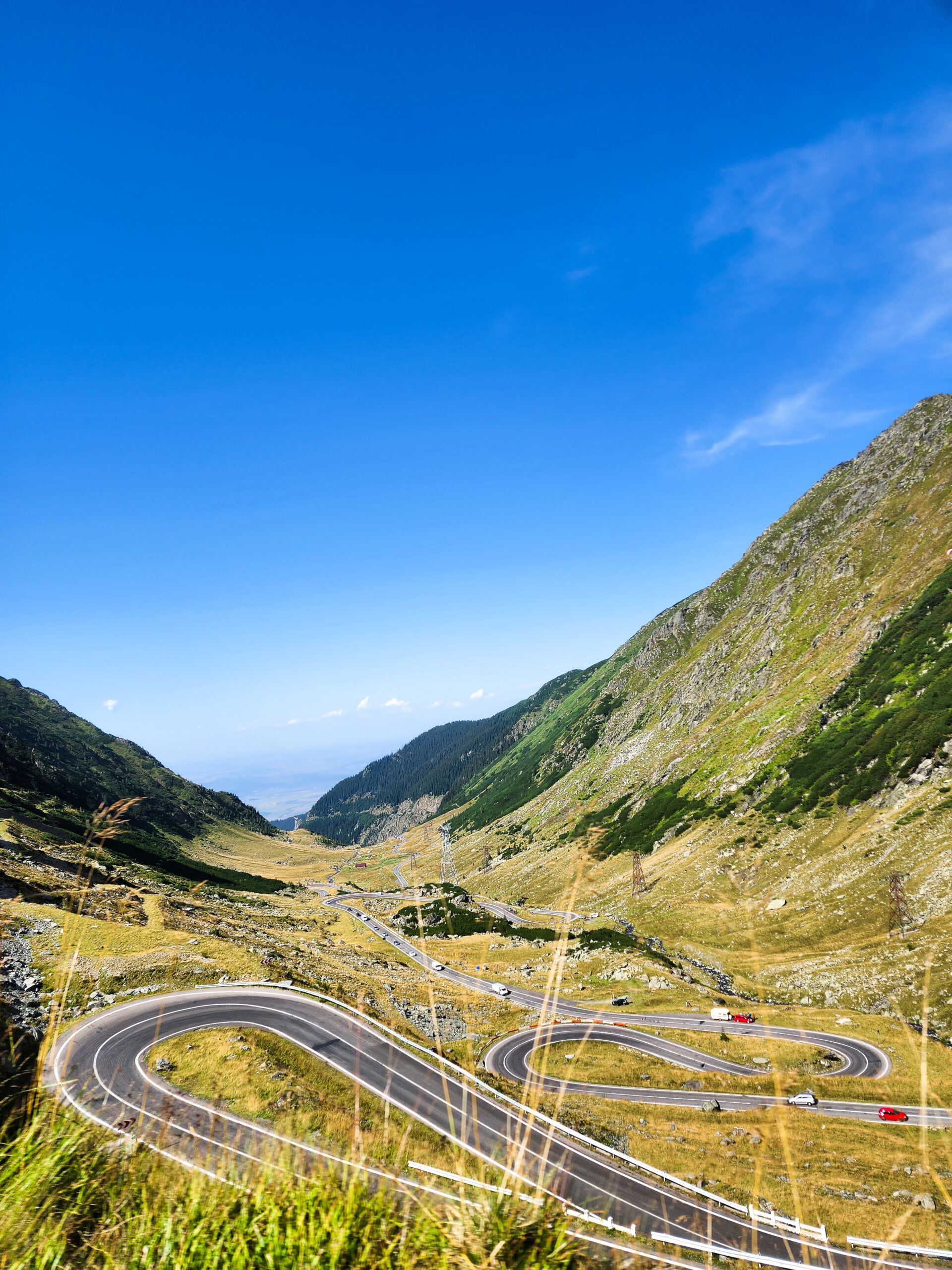
Cash is still king
In Australia, cash is being phased out with card payments the majority. In Europe however, many cities/towns run mostly on cash. We didn’t expect this and encountered costly ATM withdrawal fees. Some countries where this was particularly prevalent was Albania, Greece, Croatia and Turkey. We also found that in the Netherlands our VISA or Mastercards weren’t accepted, and we had to pay at many restaurants in cash.
Not all European countries use Euros
A number of large European countries use the Euro currency, however, many countries do not. Some of the countries with their own currency were Albania, Romania, Croatia (though they are changing), Czech Republic, Denmark, Sweden, Switzerland, Turkey, Bosnia, Romania and more. This can cause you to need to get more money out than planned, or lose $$ on exchange fees.
The popular travel destinations are often not the “best” destinations
This may seem counterintutive, however having visited a large number of popular and ‘off the radar’ destinations, we have realized the most well visited aren’t always the best. The is mostly due to amount of tourists and the ‘commercialisation’ of the areas. Many of the destinations would have been idyllic 10, 20 or up to 50 years ago before the tourist masses. We had some of our favourite moments at smaller towns, destinations that weren’t as popular, and ones where big cruise ships or tour busses didn’t roll in every day. Keep this in mind when planning your Europe trip, and consider stepping ‘off the beaten track’. Check out some of our hidden gem recommendations here.
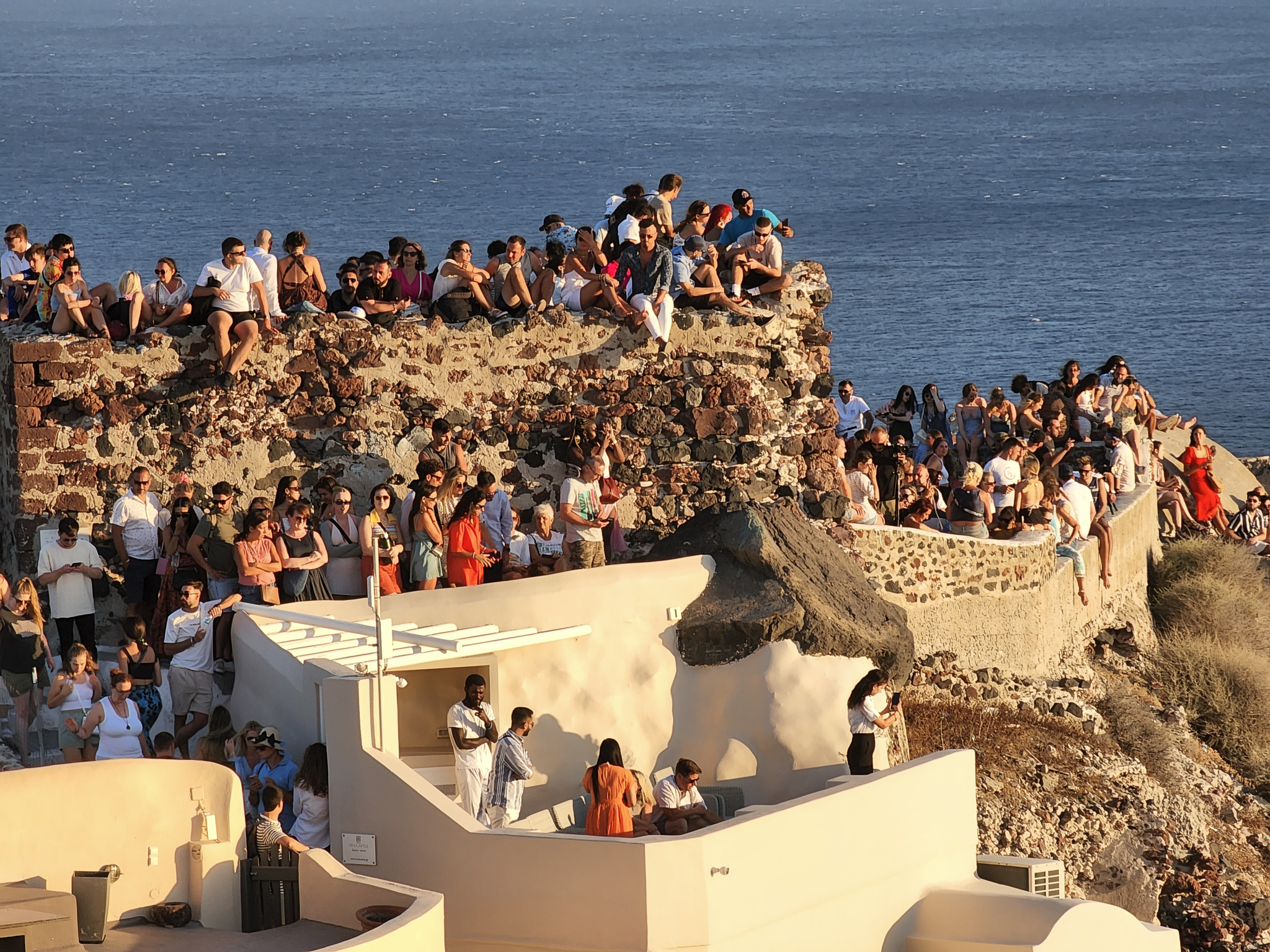
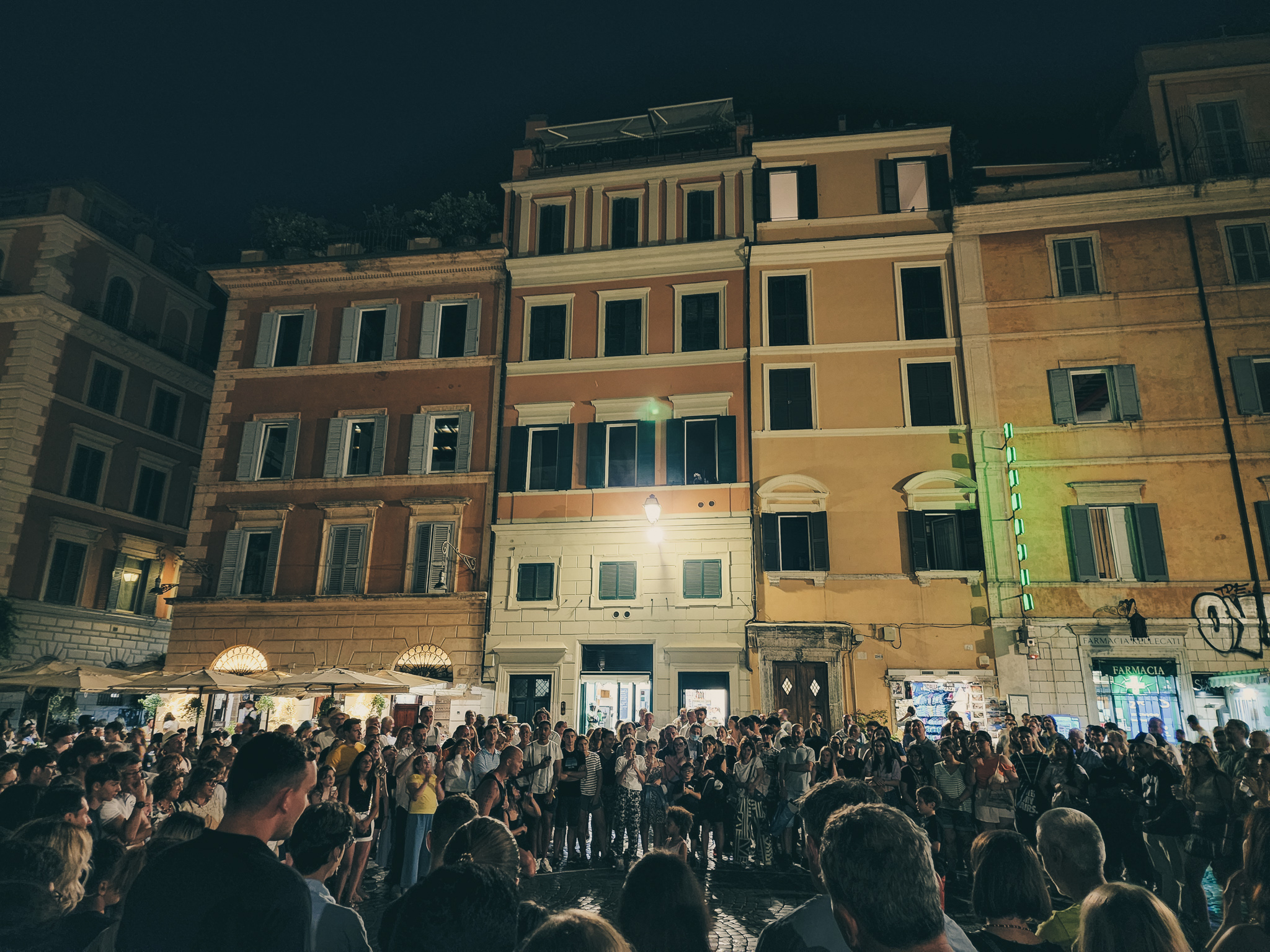
Cost of travelling between countries is more than you think
When you look at a map, you see countries adjacent to each other and think ‘that will be easy’. Not only can it be challenging to link up between countries, some of the journeys will cost more than you think. A flight or train often carries more costs than you think, then you need to consider taxi/ubers from the airport or station. Just budget that things may cost a little more, and if you are wanting to reduce costs, less ‘country hopping’ can help do this.
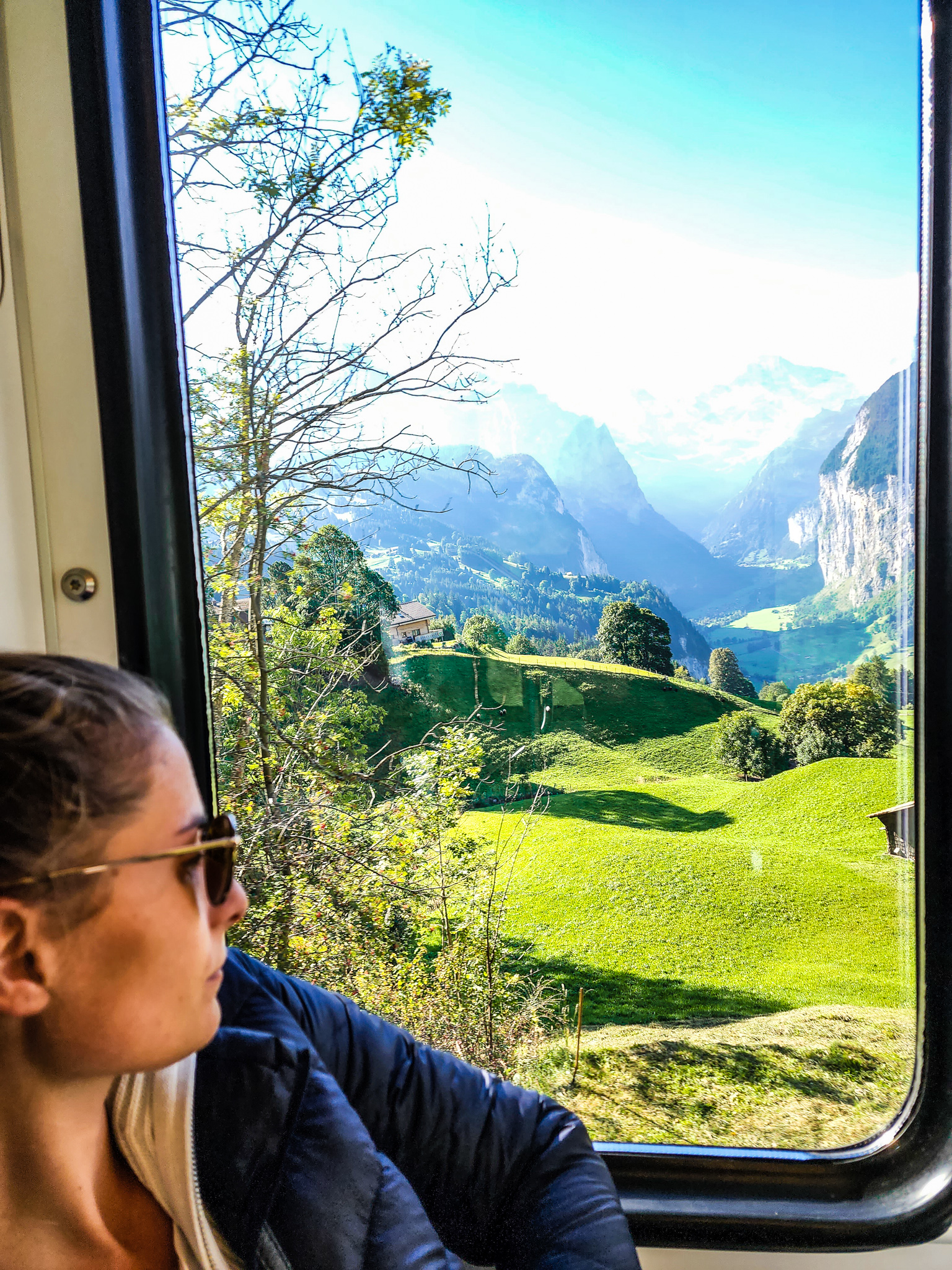
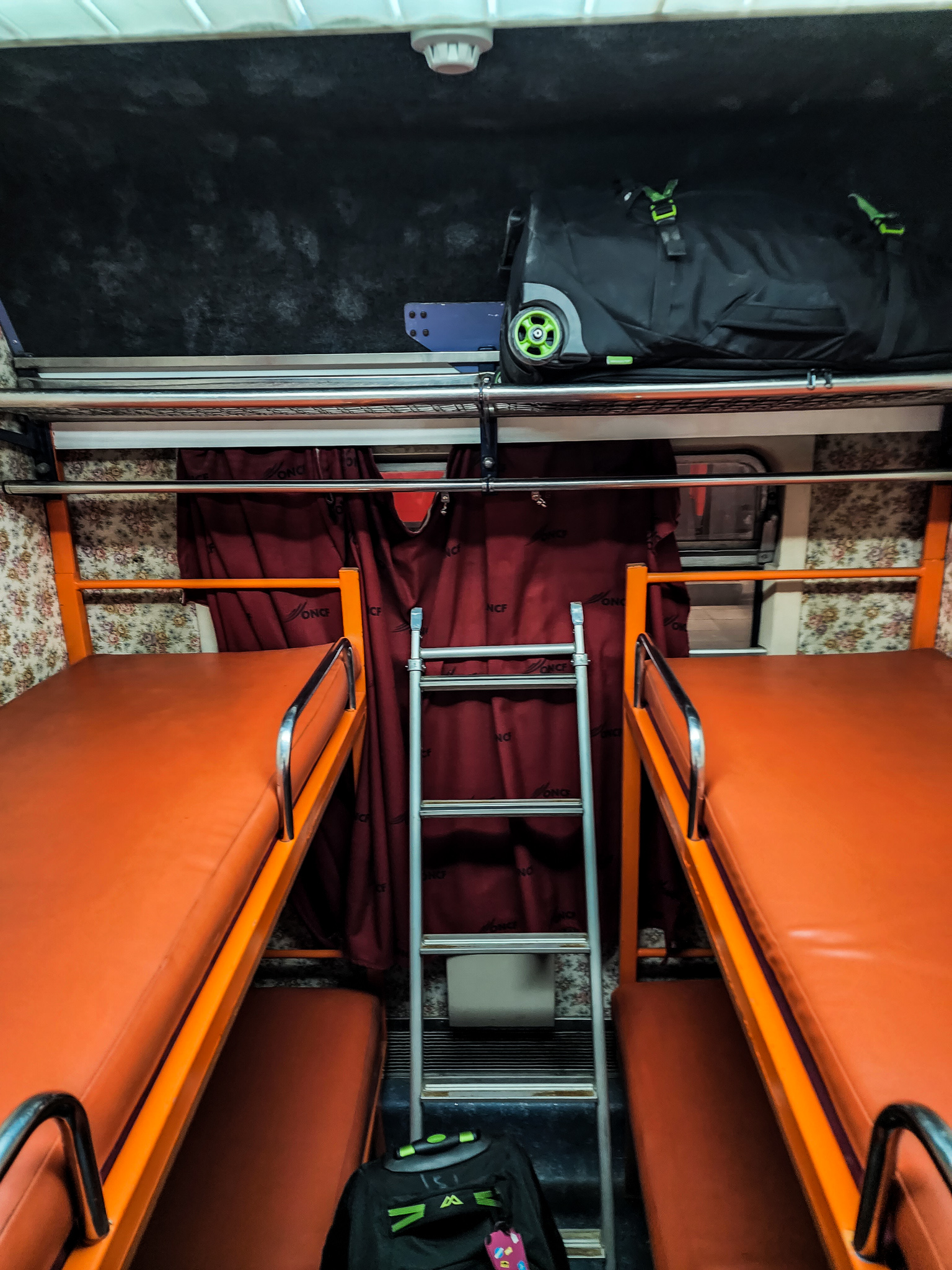
The history of many countries in Europe are linked more than you think
Europe has so much incredible history. We were fascinated to learn about different historical periods and empires as we travelled through the countries where they one ruled. We were particularly interested in how many of the different empires not only traded with each other, but had strong intertwined influences in these countries. For example, some countries which has been ruled by both Roman and Ottoman Empires had strong influences of both. If you thought that the history in Europe was very discrete, you were wrong. Each of these cultures has shaped many of the others.
There are lots of stray cats and dogs
We noticed a large amount of stray cats and dogs during our travels in Europe. Some countries this was much more evident than others, particularly Albania, Turkey, Greece and Morocco (not Europe we know). We wary of patting these animals, as we have heard many haven’t had vaccinations are could be at risk of diseases like rabies. The are overall very friendly and just looking for food in most cases.
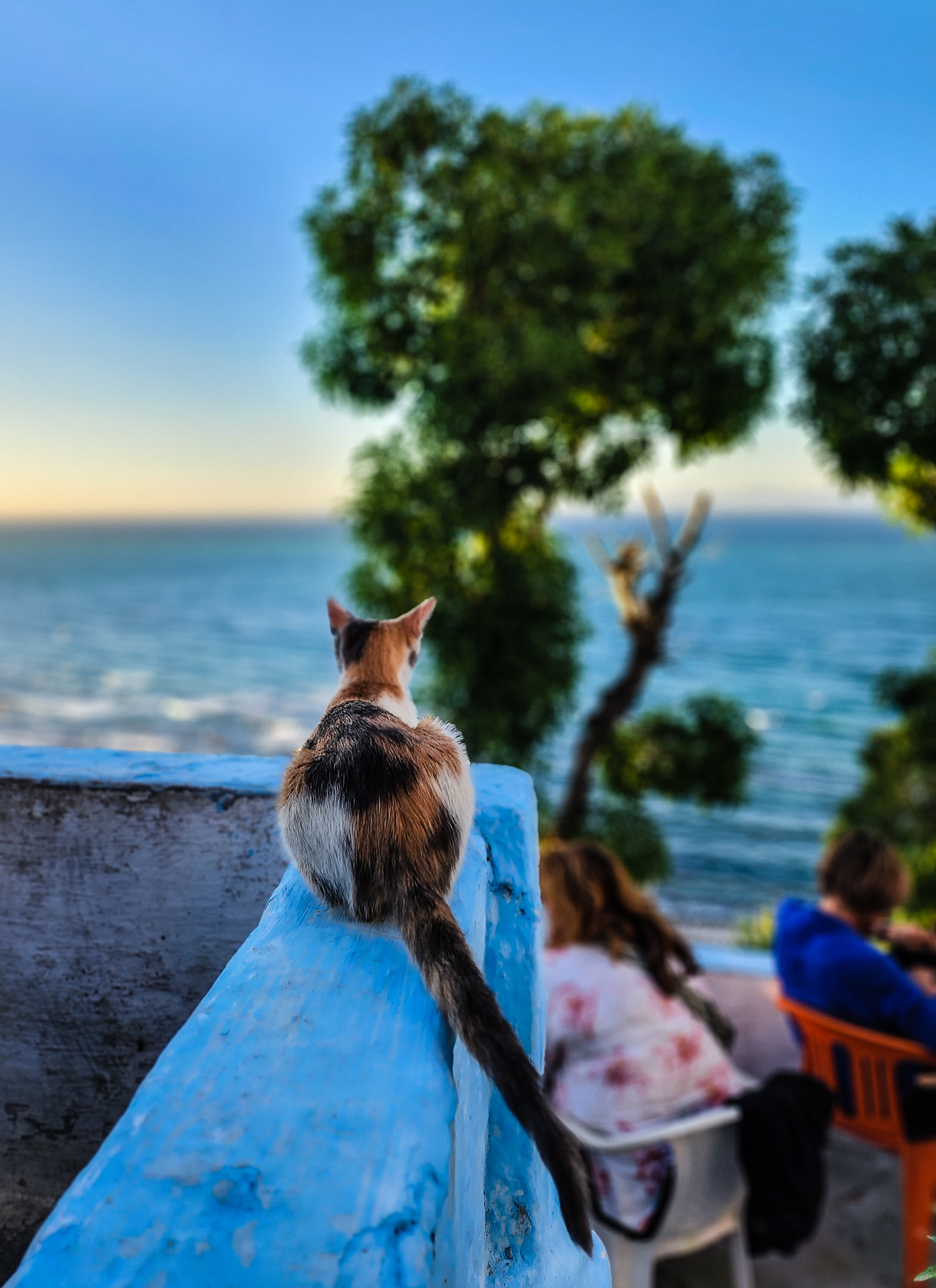
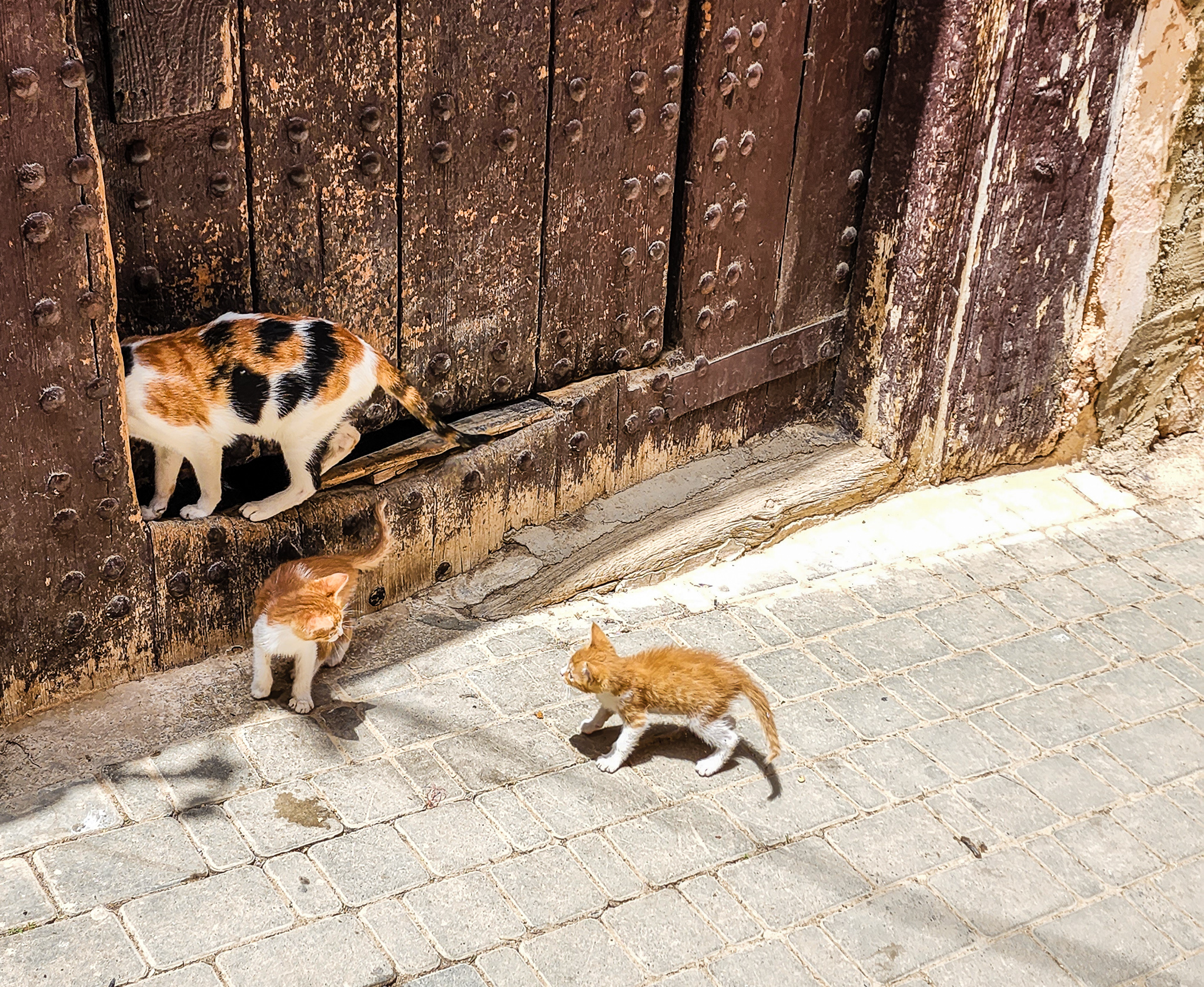
Europe has a lot of homelessness
Sadly, we found lots of homelessness, which was very evident in many cities around the world. This gave us a sobering sense of realism, and reminded us how lucky we were not only to be doing our travels, but with our standard of living. Unfortunately, homelessness around the world is a complex issue, and there appears no “quick fix”.
google translate is your friend
Many countries in Europe don’t speak English as a first language, with locals often not speaking the language at all. If you are not great with picking up foreign languages like us, don’t fret. Google Translate is a lifesaver, and can work extremely well in confusing situations.
Many of your favourite tourist landmarks and old buildings will be ‘under rennovation’
That perfect photo of the Eiffel Tower? Bad luck it’s covered with construction works. How about the Blue Mosque in Turkey. Whoops, also under renovation. Be prepared when you travel to see many of the famous old buildings ‘under renovation’. The unfortunate reality of having buildings that are so old is that they need a lot of regular renovation and maintenance works. We found this particularly with the Notre Dame, the main square in Venice, the Blue Mosque in Turkey and many old buildings in Edinburgh. This will regularly change, so be prepared and don’t be too disappointed.
The food isn’t very healthy
We are both relatively health conscious, and found many of the countries in Europe served up food that wasn’t particularly healthy. Tasty? Definitely! Did we try a lot? Sure! However we found ourselves seeking out healthier options, or making some food at home. This was evident in many countries, with bread being added to many meals, chips added to most grilled meat or fish, and vegetables other than potatoes hard to come by. While this may not be an issue for many, it is something to consider for the health concious.
Enjoying our posts & advice? Subscribe to our blog!
Jump your email into the list below. We won’t spam you! It’ll just keep you updated whenever we post another travel-related adventure, memory or tid-bid!
WANT TO SEE MORE TRAVEL RECOMMENDATIONS, TIPS & MEMORIES?
Check out more from one of the unexpected highlights of our trip and hidden gems of Europe, Transylvania!
- Take a look at our guide to Transylvania here!
- See highlights and recommendations from the stunning Transfagarasan Highway here!
- Check out our time in Brasov, including our top picks!
Take a look at some of the highlights from one of our favourite stops yet, the beautiful Lake Ohrid!
See more blogs and articles that we consider are hidden gems!
Check out further highlights from our time in the Europe! Take a look!

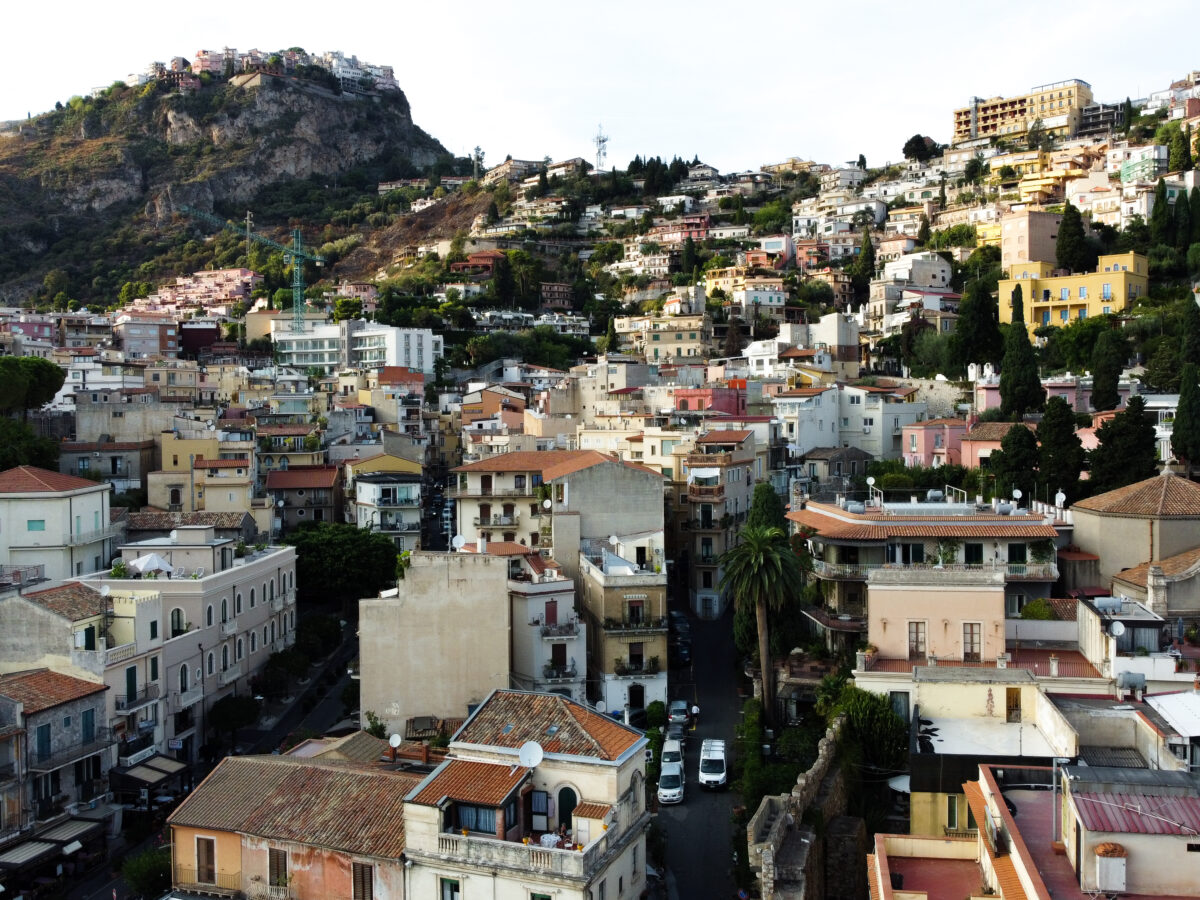
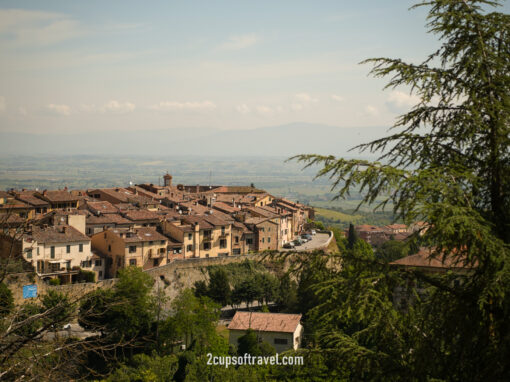
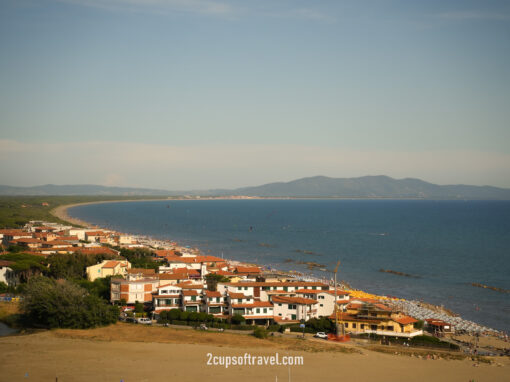
Trish
January 19, 2023 at 9:27 pm
I was born in Croatia but have lived in Australia most of my 53 years! We are about to embark on a 4 month sabbatical back home and into some other parts of the Baltic region. I sincerely appreciate your real life, down to earth advice and tips from an Australians perspective. I am experiencing these challenges now as I try and plan our time in the region. Unfortunately/Fortunately, Croatia particularly, is in a big transition phase where transiting should be easier than it is but the demand has not been met yet, logistically by infrastructure. This will take time no doubt. The unorganised chaos, I find, is always part of the charm and part of the thorn! Happy travels!
Ky
January 20, 2023 at 11:56 am
Hi Trish! Thanks for your lovely comments! You will have an amazing trip back, 4 months will be incredible!
I agree re the transit/transport. A car hire in Croatia is probably the best bet, otherwise the busses run regularly, but can be unreliable.
Ky
Pingback